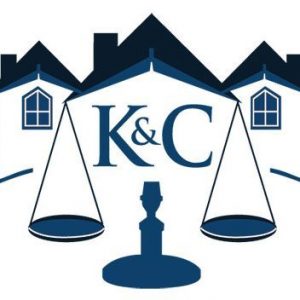Summary
A 79-unit condominium association held a meeting to remove the directors from office and elect new ones. The president objected to the meeting, the procedure and the notice, but since the association followed the documents and had more than half of the unit owners vote for the removal, the directors were removed.
The Facts
The association was incorporated in 1994 and was governed by a declaration and bylaws. By December of 2016 it had serious organizational issues and its property management firm had tendered its resignation. The association secretary sent a letter to the members asking them to sign a petition for a special meeting. The petition was signed by 63.5% of the members. The purpose of the meeting was “to replace the board of directors with new board members.” The secretary then sent a special meeting notice setting January 31, 2017 as the date for the meeting. Over 78% of the members attended the meeting and voted to remove the board members and elected new board members. Before the meeting US Bank was receiving conflicting instructions relating to the release of the association funds, and as a result placed a hold on the funds. In March of 2017, when the matter was not resolved, US Bank filed suit to determine the respective rights of the two sides. Wells Fargo Bank was also added as a party, as an account of the association was also located there.
Trial Court
Granted judgment to the new directors and awarded them attorney fees.
Court of Appeals
The old directors appealed on three grounds:
- Only the president can call a special meeting and he did not call it. The relevant language read “It shall be the duty of the President to call a special meeting … when so directed by … the Board … or upon written request of owners…” The court held that nothing in the documents “makes a meeting or action taken invalid if a president does not preside.”
- Members can only call a special meeting when the bylaws confer that right. The court disagreed holding that none of the provisions cited by the former directors identified who had the right to call a meeting and the law provided that members have 1/20th of the votes may call a meeting; and
- Members did not follow proper parliamentary procedure, in that the record does not include a second to the motion for removal. As evidence the old directors cited to the lack of any minutes of the meeting. The court found that the failure to “record a motion second in the minutes does not prove no second was made.”
Lessons Learned
- When more than half the members vote for something, especially the removal of a director, the court will likely adhere to the will of the majority; and
- When you are voted out, don’t attempt to control the funds, as you may end up having to pay attorney fees for both sides.
U.S. Bank NA v. Bellevue Park Homeowners Association, 2019 WL 2754086 (Unpub. Filed July 1, 2019).


